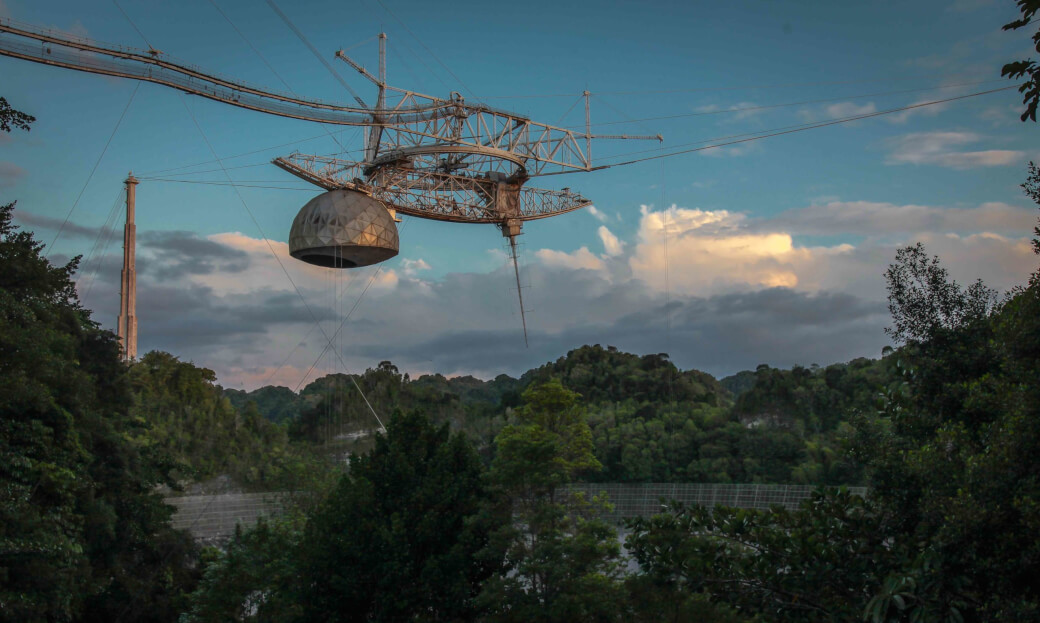An image on the National Science Foundation (NSF)’s History Wall in its Alexandria, Virginia, headquarters memorializes the agency’s first grants.
NSF’s very first grant, for $10,300, was in the biological sciences and went to the Institute for Cancer Research. In writing his prescription in 1945 for a new agency devoted to the progress of science, Vannevar Bush emphasized the need for government support of basic research in “medicine and the underlying sciences” for “the War Against Disease.” In the five years between the publication of Bush’s report and the establishment of NSF by Congress, the National Institutes of Health expanded its research scope and funding. NSF thus focused on research designed to understand underlying principles and mechanisms that manifest in living systems, from molecules to ecosystems, including basic research in neuroscience and other areas relevant to human health.
Indeed, many NSF-funded discoveries in physics and biology have resulted in novel detectors and technologies for medicine. Today’s biological sciences portfolio includes studies on genomics and epigenetics, plant biology, organismal systems, ecology and biodiversity. The recent advent of Big Data is captured in biology’s first large facility—the National Ecological Observatory Network, completed in 2019. This new, continental-scale facility is designed to collect long-term, open-access ecological data to understand the living, changing environment.
Vannevar Bush’s “Science—the Endless Frontier” was a remarkably prescient treatise. It retains much of its original vision and relevance today. One might argue with Bush’s singular devotion to basic research and who should be the purveyor and supporter of it. Bush wrote, “Basic research is a long-term process—it ceases to be basic if immediate results are expected on short-term support.” Yet the dividing line today between basic and applied research is not as clear as it was when Bush wrote his report. Many university investigators are engaged in the full spectrum of research, from fundamental discovery to application, and are blind to a division between these phases of research development. Today, use-inspired basic research and curiosity-driven basic research motivate many young scientists and engineers. There is an increased emphasis in all sectors on technology transfer and return on investment, which this has been adopted by academia as well as the private sector. New “accelerators” funded by both private entities and the government strive to bring research and new ideas to fruition faster.
Image courtesy of NSF: The Arecibo Observatory is supported by the NSF
About Arecibo Observatory:
Arecibo Observatory is a visitor-oriented national research center, supported by NSF and focusing on radio astronomy, planetary radar and upper atmospheric sciences. Arecibo Observatory is operated and managed for NSF by the Arecibo Observatory Management Team (AOMT). The AOMT is led by the University of Central Florida (UCF) in partnership with Universidad Metropolitana (UMET) and Yang Enterprises, Inc. (YEI). The Observatory’s principal observing facilities are 19 kilometers south of the city of Arecibo, Puerto Rico. Arecibo Observatory provides telescope users with a wide range of instrumentation for research and observation. The center has a permanent staff of scientists, engineers, and technicians who are available to help visiting investigators with their observation programs.
Arecibo Observatory’s principal astronomical research instrument is a 305-meter fixed spherical radio/radar telescope, the world’s largest radio telescope. Its frequency capabilities range from 50 megahertz to 10 gigahertz. Transmitters include an S-band (2,380-megahertz) radar system for planetary studies and a 430-megahertz radar system for aeronomy studies and a heating facility for ionospheric research. Arecibo Observatory’s outreach activities include the popular Angel Ramos Foundation Visitor’s Center with interactive exhibits, the only science-oriented facility of its type in Puerto Rico, and summer workshops for science teachers from across the island.

